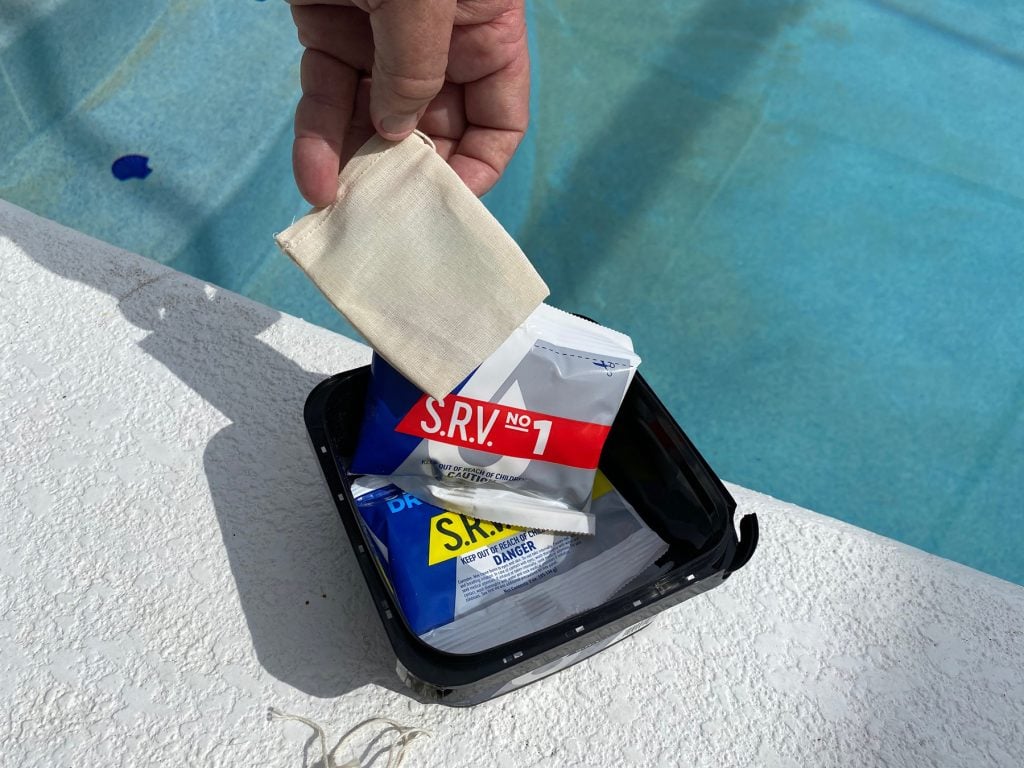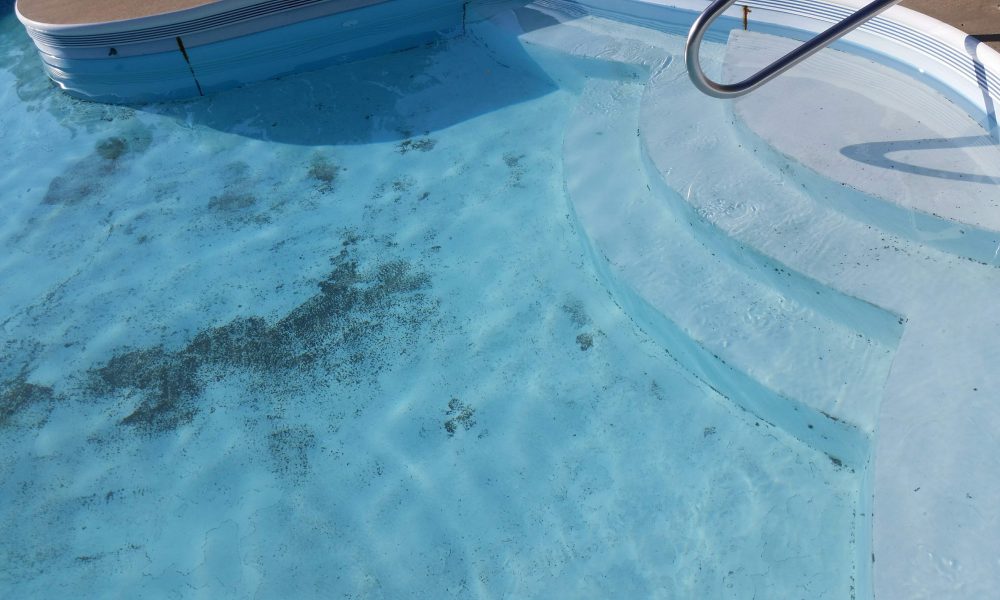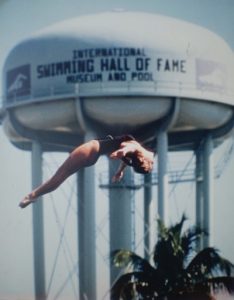No matter your place in the pool and spa hierarchy, the most important part of solving stain issues is to identify the type of stain before treatment. The goal is to avoid draining the pool and acid washing it clean. This is especially important as service professionals are opening pools for the summer and their clients want to have beautiful, stain-free surfaces with sparkling water!
Luckily, there are many in-pool stain-detection kits designed to narrow down what elements are present in a particular stain, so professionals or pool owners can confidently recommend the correct stain-removal treatment — without acid washing.
It’s important to understand how the tests work to ensure stains are diagnosed properly before beginning treatment.

Use a kit, not your eyes
Stains plague pool professionals and homeowners alike. When pool professionals start opening pools, they are invariably confronted with unsightly stains they need to be removed in order to deliver a beautiful pool for the swim season. Unfortunately, the stain that you see on a pool surface with your eyes, is not necessarily what you think it might be.
Pool stains and scale are tough to treat and often tougher to identify. If you’re comparing a pool stain to one you have seen in the past or are viewing an online photo or looking at a stain color chart, you are likely setting yourself up for a costly and time-consuming mistake. Many stain and scale issues can look similar to one another, so identifying a surface stain simply by its appearance is not enough. There is nothing worse than recommending or using a particular stain-removal product only to discover it was wrong for the stain.
Pool stain diagnosis tests were created to determine the composition of the stain and help identify the most effective stain-removal solution. Look for ones that include pouches that can hold the testing material for wall or deep-water stain. With the use of these helpful diagnosis kits, pool professionals can easily verify the correct treatment without costly mistakes.
Stain-Scene Investigation
The stain detection kits on the market today are designed to help understand what stain “crime” has been committed and who or what is to blame.
The goal of the investigation is to rule out culprits of the stain crime and narrow down the list of potential stain crime causes. Differentiating between organic and metallic stains is one of the first and most important goals of stain verification. Stain verification kits are specifically formulated for metallic stains. While these products do not detect organic stains, they can eliminate metals as the source of the problem.
These products also can help pinpoint when dark patches in liners, or splotchy, inconsistent plaster surfaces are the result of improper surface preparation. Mottling, hydration or liner mold issues are all conditions that find their roots in the pool construction phase. These conditions typically require a physical surface treatment process to remove the source of the stain trapped below the surface level.
Test and Verify
After using a pool stain diagnosis test, understanding the water conditions is the next step. Information such as your pool’s Langelier Saturation Index (LSI), level of contaminants present in the water, and quality of source water can prove invaluable in helping diagnose the principle issue and its underlying cause.
To ensure the quickest and best test results, the water can be adjusted by lowering the LSI and adding a localized sequestering or chelating agent. Creating a more aggressive water environment can produce clearer results and improve the test product performance.
After methodically completing all of the tests, pool professionals (or their customers) will be able to narrow down which products will be best suited to remove a specific pool stain before purchasing expensive stain removers.
Test Kit Pro Tip: For ease of access and visibility, pool swim-outs, shallow areas or steps are convenient locations to perform stain tests. If the stains are located in water that is 3 feet or deeper, these diagnosis products should first be poured into a dosing pouch, often included in the test kit, and then dropped onto the stained area.
After stain removal, prevent future staining
Once the offending stain has been identified and removed, it is important to use the test kit’s information regarding the source of the stain to ensure sure the stain doesn’t reappear. Performing a detailed examination of the area in and around the pool is key in stain prevention. Start at the curb of the house and look around for clues. Are there rust-colored stains on the sides of the house? Do you see any green or blue stains on the driveway or backyard fencing? Does the home have an automatic sprinkler system? These situations could indicate metals in the source water.
If you find a large tree covering part of the backyard, his could signal organic contamination that may have led to the staining.
About the author: John Bereza is the Midwest Regional Sales Manager for Haviland Pool & Spa. With over 20 years of experience working for Haviland based in Grand Rapids-based company, John specializes in employee trainings and consumer education. John joined Haviland in 2003 following several years in the metal finishing industry with a primary focus on chrome plating on plastics through laboratory analysis. John has a wealth of experience and knowledge of chemistry. He can be reached at [email protected]
The post Stain Identification: Guessing is So Last Season! appeared first on PoolMagazine.com – Get The Latest Pool News.







